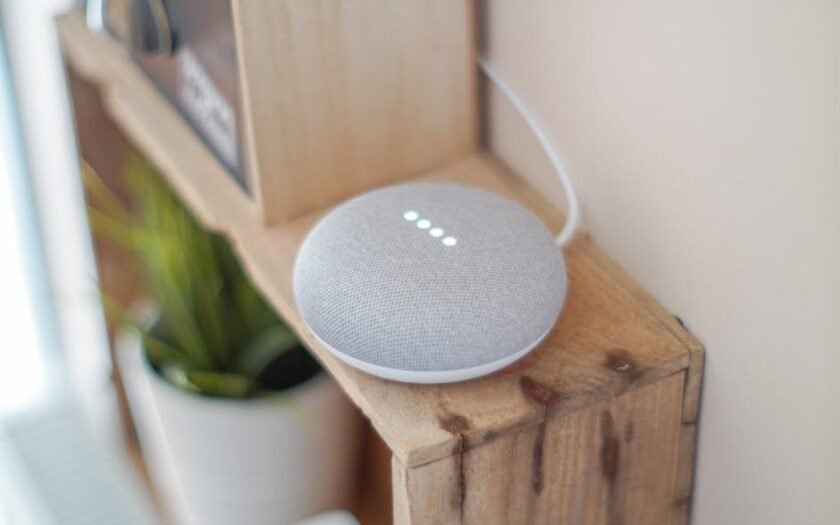
The smart home industry is experiencing rapid advancements, with new technologies and trends shaping the way we interact with our living spaces. As of 2024, the global smart home market was valued at approximately $100.42 billion, with North America leading the adoption at 40%. This growth is driven by innovations in artificial intelligence , energy management, security, and health and wellness monitoring.
AI integration is at the forefront of smart home evolution. Devices are becoming more intuitive, learning user behaviors to anticipate needs. For instance, AI-powered systems can adjust lighting, music, and air quality based on real-time data, creating a personalized ambiance without manual input. Additionally, AI enhances security through advanced facial recognition and object detection, providing homeowners with detailed alerts and reducing false alarms.
Energy efficiency remains a significant focus. Smart thermostats and lighting systems learn from occupants' routines to optimize energy use, potentially reducing utility bills by up to 8%. The integration of solar panels and energy storage solutions further contributes to sustainable living, allowing homeowners to manage energy consumption effectively.
Security advancements are also notable. Smart locks and doorbell cameras offer enhanced protection, with features like facial recognition and real-time alerts. These technologies provide homeowners with greater control and peace of mind, ensuring their homes are secure.
Health and wellness monitoring is an emerging trend in smart homes. Devices such as air quality sensors, smart beds, and health-monitoring appliances offer insights into users' well-being. These technologies promote healthier living environments by monitoring factors like air quality and sleep patterns.
In conclusion, the smart home landscape is evolving rapidly, with AI, energy efficiency, security, and health monitoring leading the charge. As these technologies become more integrated and accessible, they promise to transform our homes into more intelligent, sustainable, and secure living spaces.






